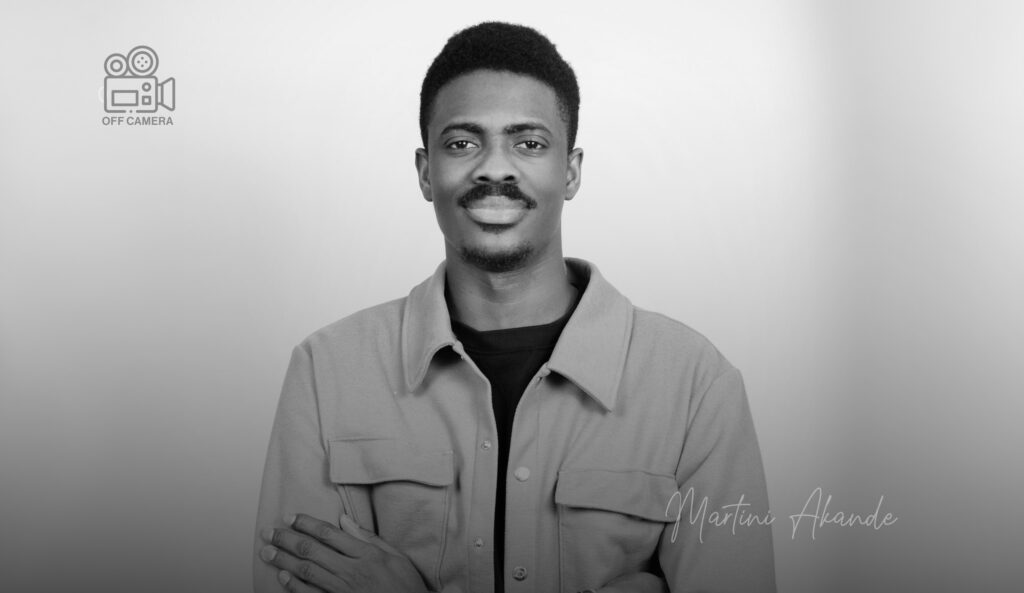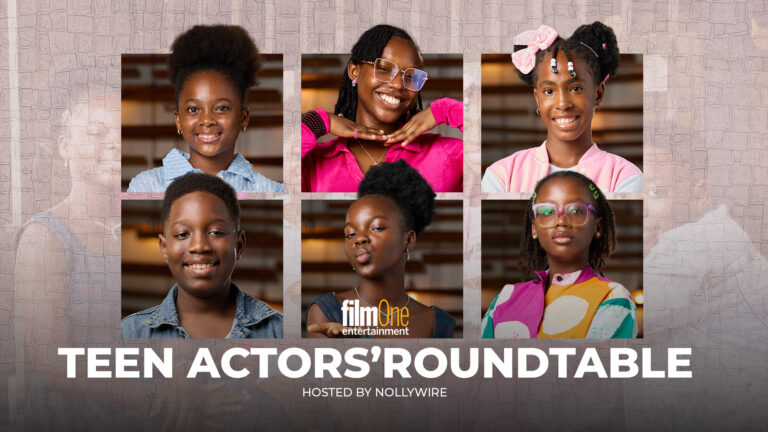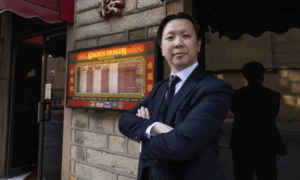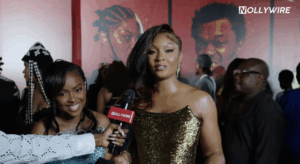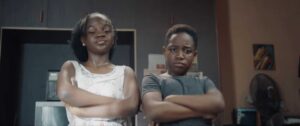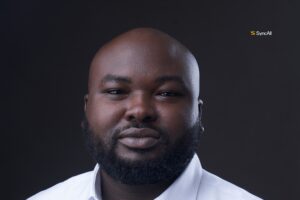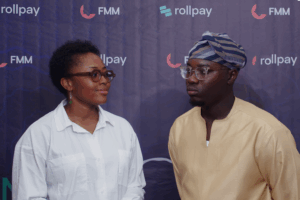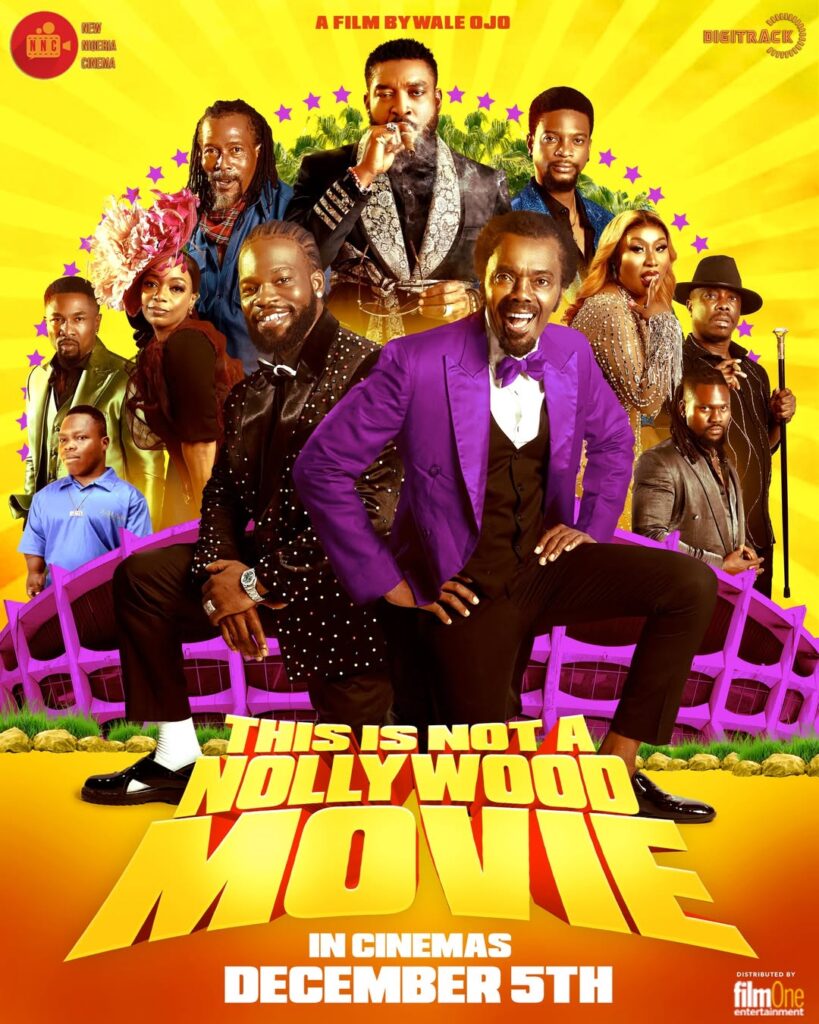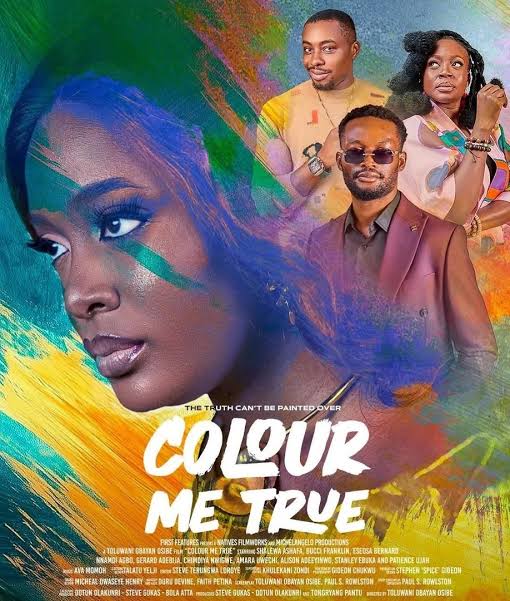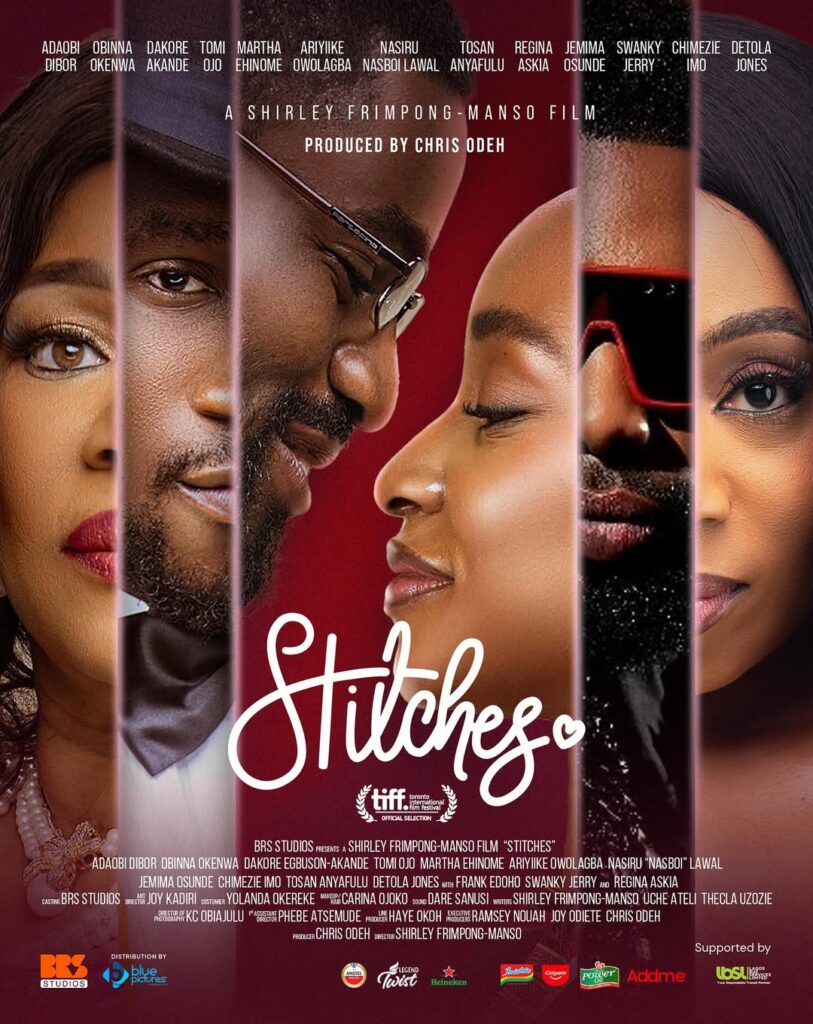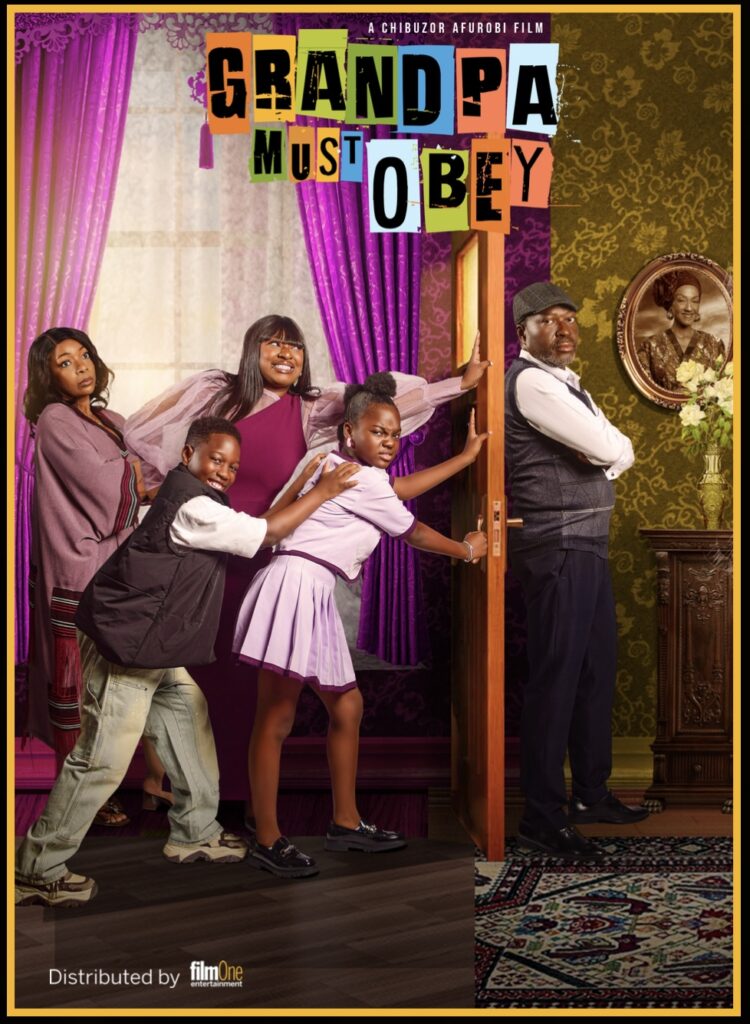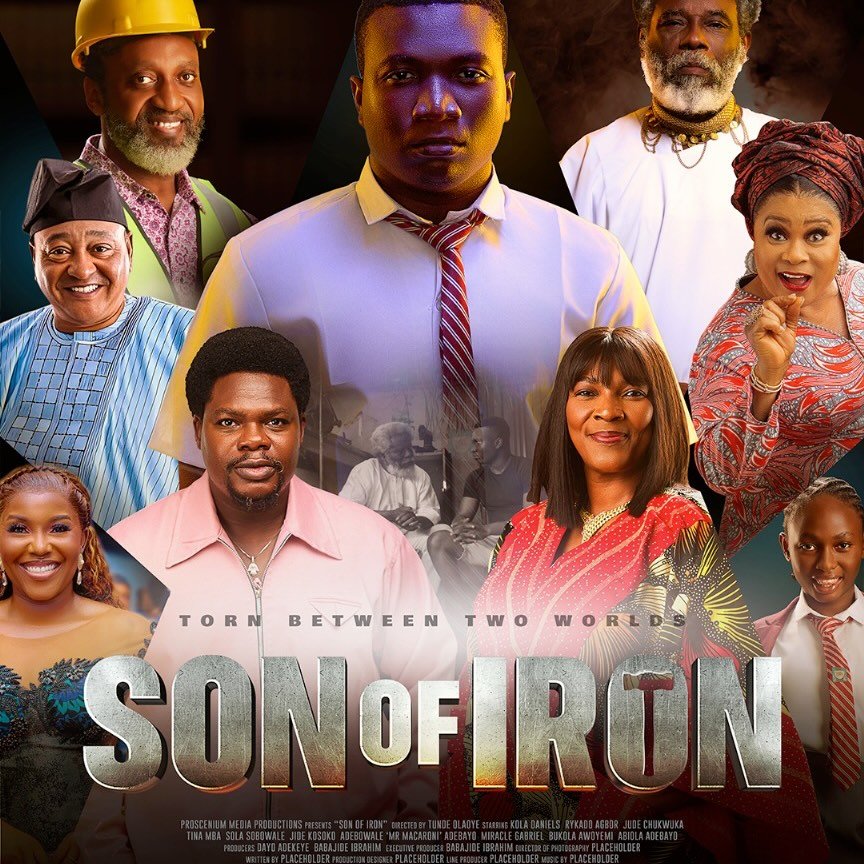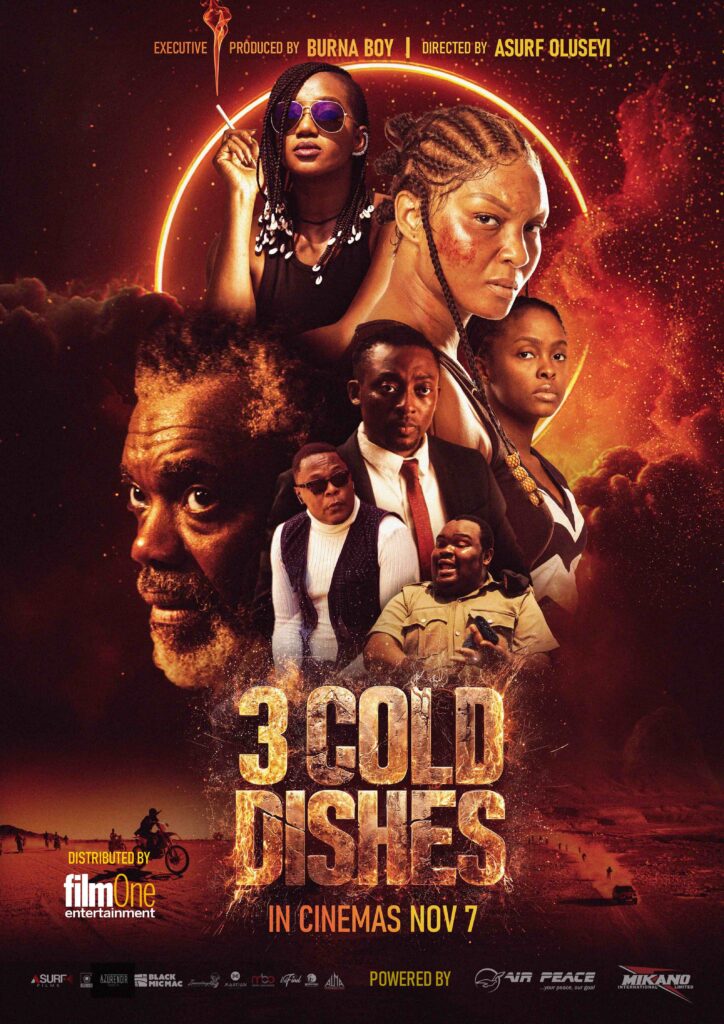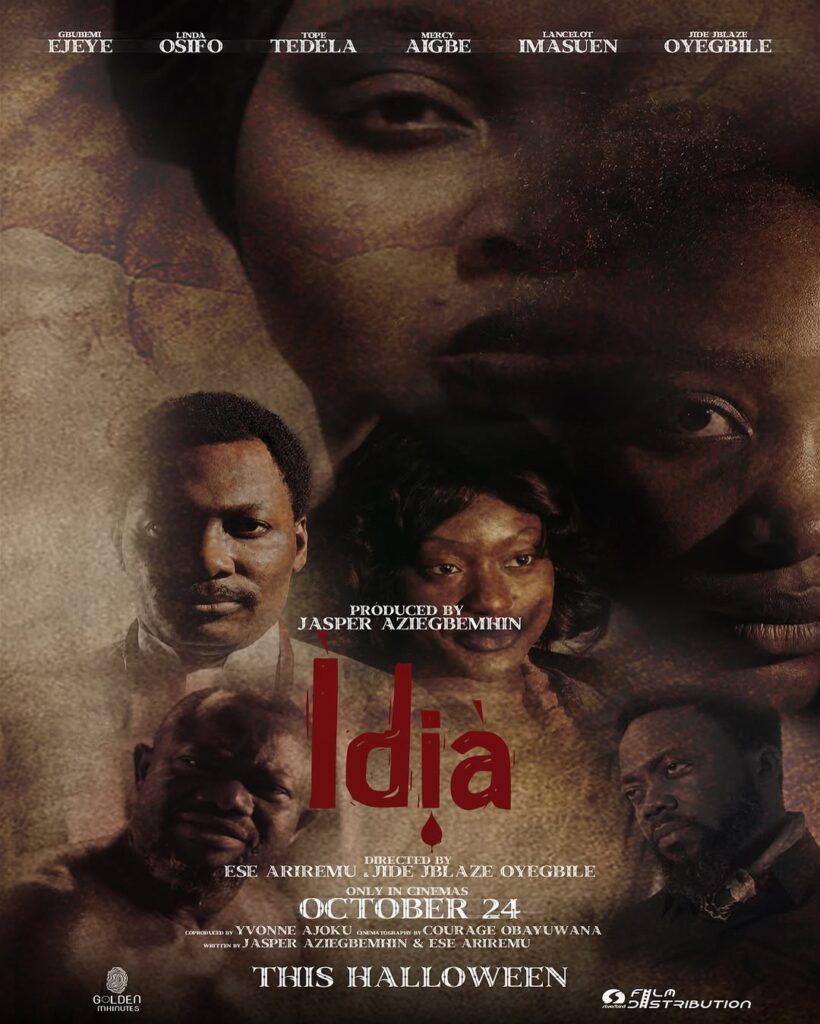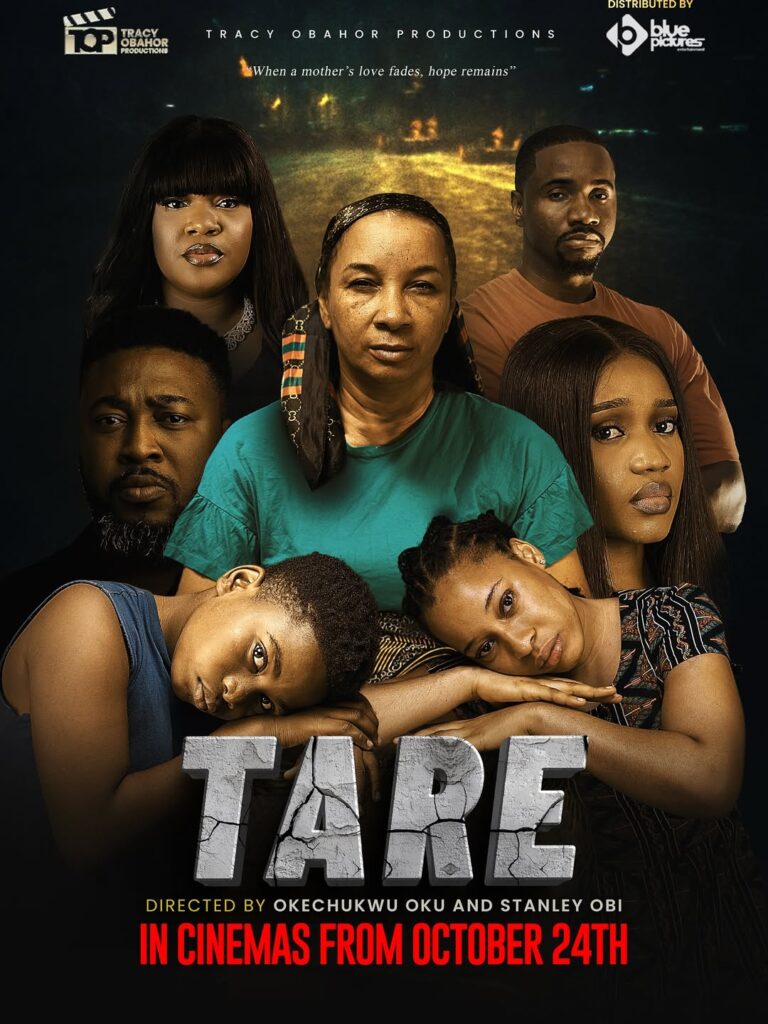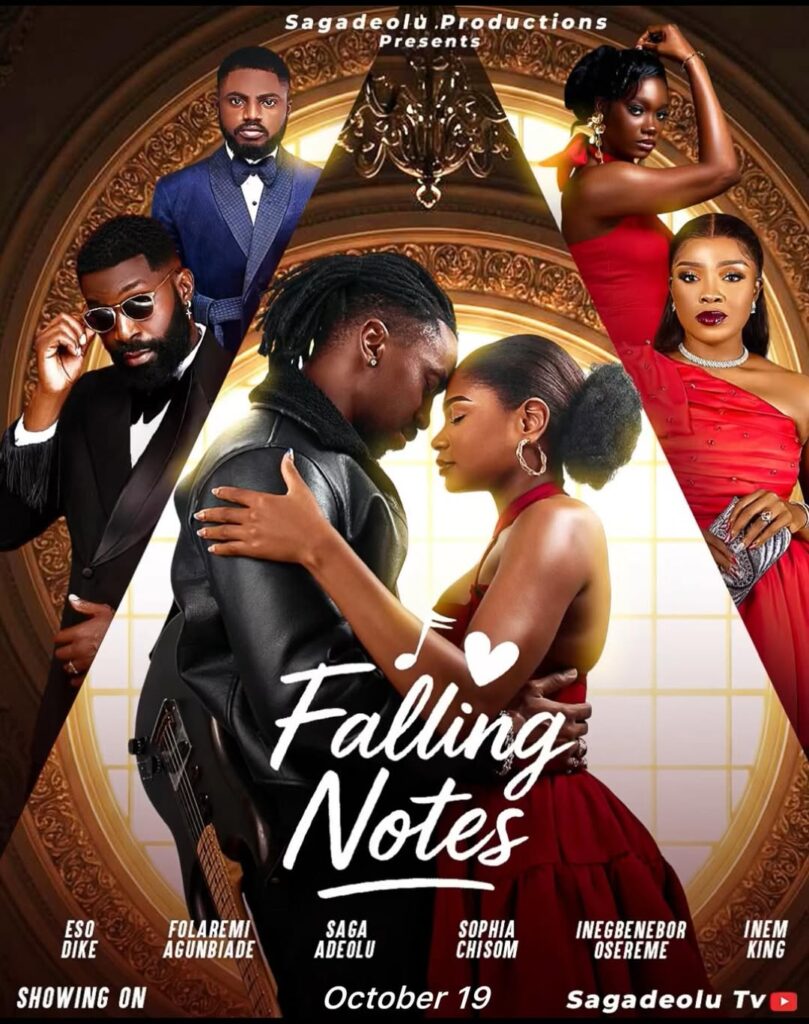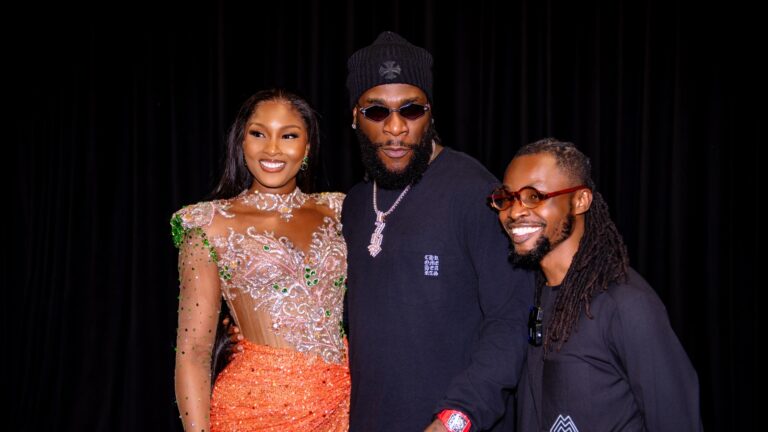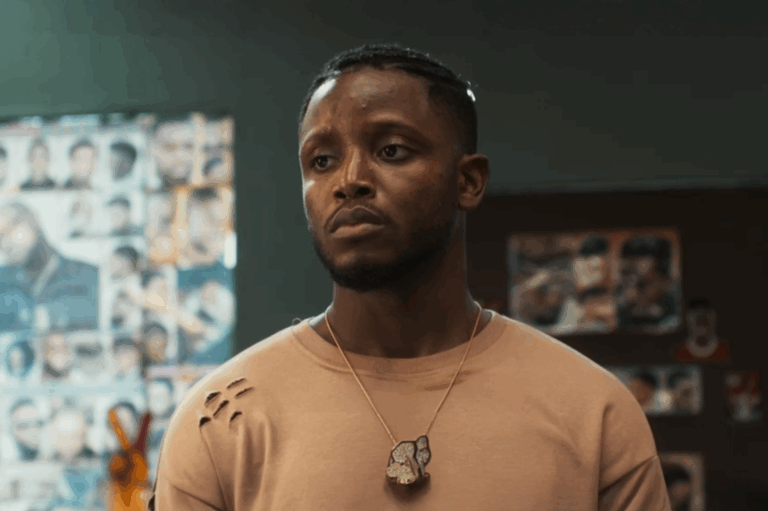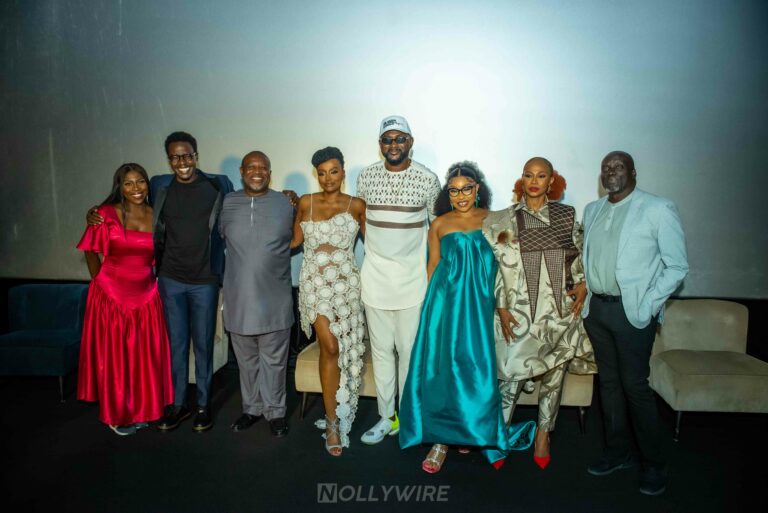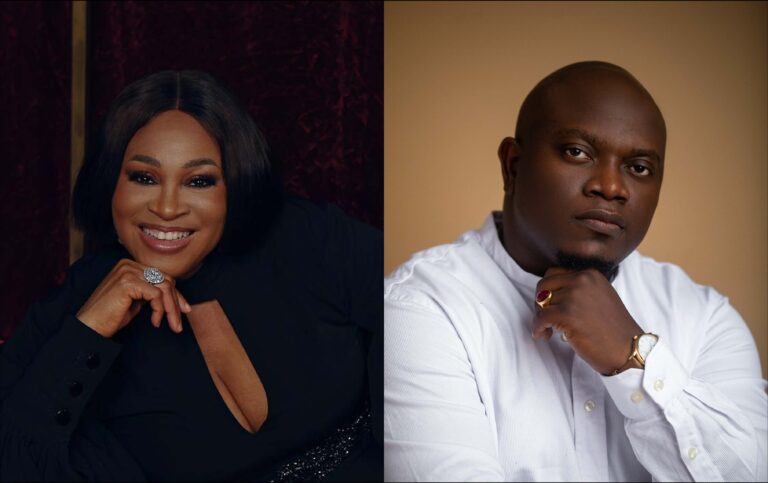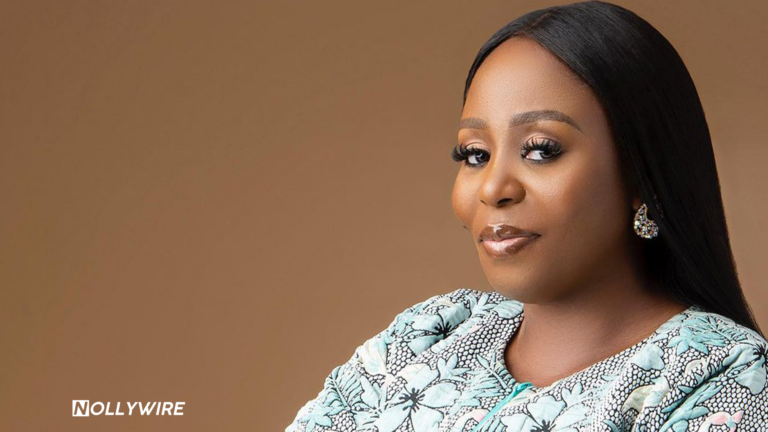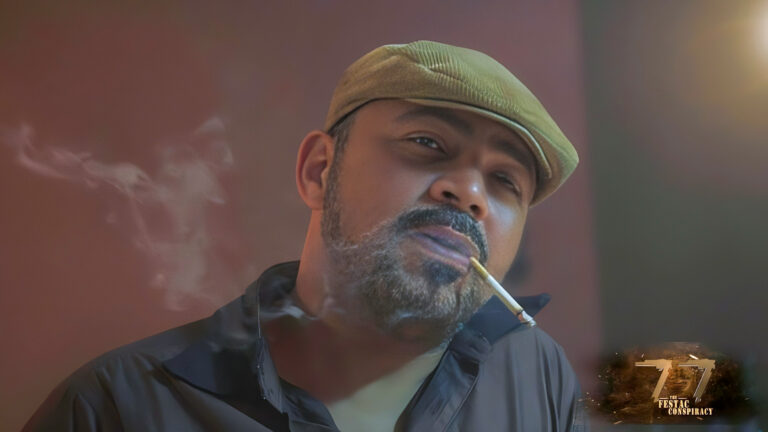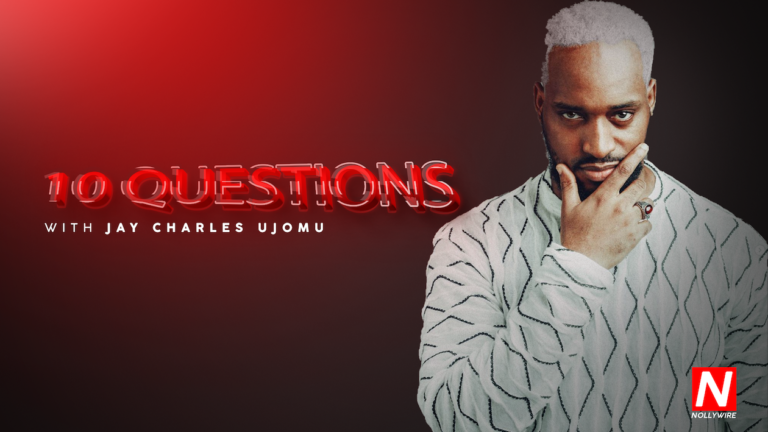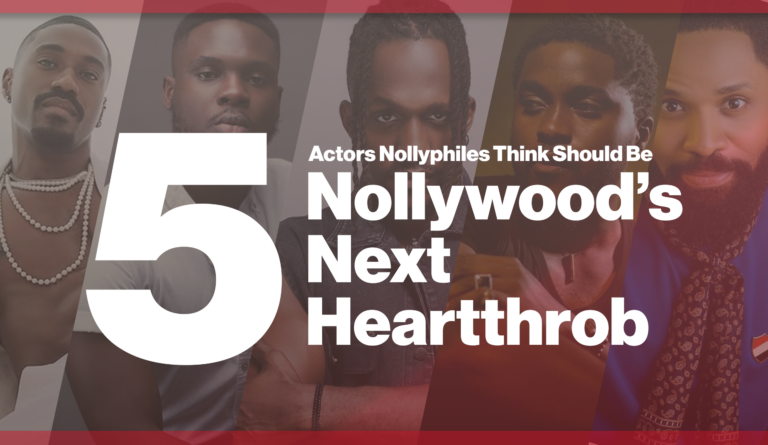Martini Akande had lofty dreams of becoming an actor before editing poached him and made him its own. After countless auditions with no callbacks, he decided “the fastest way to get a film made is to get behind the camera,” and he did just that.
Akande banded his friends and together they shot short films. Like most ideas, his was not hitchless. The timelines set for these films were pushed back because the editor could not deliver. Tired of the missed deadlines, Akande’s friends suggested that he edit the films. Martini Akande, who was a videographer at the time and had filmed weddings, was sceptical about editing film. Film was a different territory to him and he was unsure of his capability to handle it. “I felt like it was advanced and I couldn’t do it,” he says.
Despite his self-doubts, he took on the role of editor for the group and fell head first for editing. He consumed books and YouTube videos on editing; soon he forgot about the days when his dreams of being an actor took centre stage. He has gone on to edit some of the biggest Nollywood hits, from Jade Osiberu’s ‘Christmas in Lagos’ and ‘Gangs of Lagos’ to Adeoluwa Owu’s ‘Adire’.
“Editing is a whole lot of rewriting,” Martini Akande tells me. During our conversation, we take a deep dive into the world of editing. From his job description to his most challenging job to his preferred style for editing, we talk about it all.
How would you define the role of an editor, and what does the job entail?
An editor is a storyteller—someone who selects and puts together the best set of moving images to tell a story. Editing is what I would call the final rewrite, where the story is reshaped and refined into its final form.
An editor holds so much power over the final product—the version the audience watches in the cinema, on YouTube, or on a streaming platform. The way I choose shots, how I cut from one to the other, can completely shape the audience’s emotions. A simple cut can evoke sadness, happiness, fear, or anxiety just by where and when it happens.
Editing goes beyond just putting clips together. It’s about understanding storytelling and knowing how to shape a film in a way that brings out its full impact. It takes practice, learning, and a lot of problem-solving. But at the end of the day, an editor plays a huge role in making a film what it is.
What was the first project you worked on as an editor, and what did you learn from that experience?
The first project I worked on as an editor was probably one of those event videos. But when it comes to the first film I edited, funny enough, I can’t remember exactly. I think it was a short film called ‘Musomania’.
Musomania was about people connecting through music. I’ve always loved the idea of music and visuals coming together—that’s actually what drew me to editing in the first place. Whenever I hear a song, I immediately start imagining the images that should go with it. That’s how I started editing in the first place.
So, I think the first short film I worked on was ‘Musomania,’ which told the story of two people who connected through music. And it really taught me about the power of editing, like I said before. It was from editing ‘Musomania’ that I learnt I could actually do this for real.
You’ve edited a range of films—do you have a specific editing style or philosophy that guides your work?
I wouldn’t say I have a specific editing style because every film, every genre, has its own needs and requirements. So there isn’t one universal style that I apply to every film I edit.
But when it comes to my philosophy, I would say it’s to be a storyteller first. My goal is always to convey the essence of the story and what the director is trying to achieve with each scene. It’s about making sure the story is coherent and engaging.
I also have a personal test: if I watch what I’ve edited and it doesn’t look like something I would enjoy watching, then I know it’s not there yet. That’s usually when I take a break and come back with fresh eyes. So, if I had to define a guiding philosophy, it would be to create something that I, as an audience member, would want to sit down and watch.
What’s Martini Akande’s typical workflow when editing a film? Do you prefer to start with a rough cut or piece scenes together more meticulously from the beginning?
I start with a rough cut. Editing is a long process, especially with feature films, which can take up to three months. So there’s no need to rush or skip steps.
I begin with an assembly cut, then move on to a first cut, and from there, we go through multiple iterations. It’s a gradual process of refining and fine-tuning until we reach the final cut.
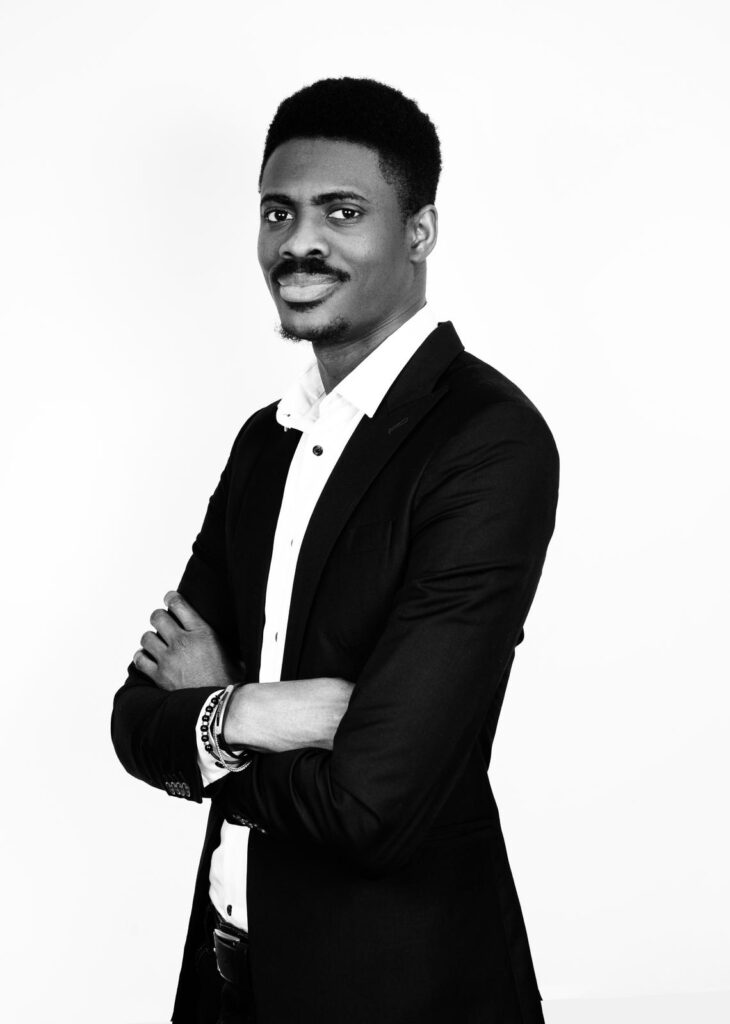
How do you approach pacing and rhythm in a film? How do you know when a scene is ‘just right’?
A lot of editing is intuitive. That’s what makes it difficult to teach—if you give the same footage to ten different editors, you’ll get ten different films. The pacing and rhythm of a film are largely determined by its genre. Many people assume pacing means speed, but it simply refers to the flow—whether fast or slow.
A film like ‘Brotherhood’ is more fast-paced than ‘Gangs of Lagos,’ while ‘Christmas in Lagos’ moves at a slower pace than Gangs of Lagos. Some films start slow, pick up speed in the middle, and slow down again at the end. It all depends on the dramatic and story needs of the film.
As for knowing when a scene is ‘just right,’ it comes down to intuition—what I call an internal bullshit meter. I’ve trained my eyes and mind by watching a lot of well-edited films. In the last 20 years, I’ve seen almost every film that won an Oscar or BAFTA for Best Editing. That exposure helps me recognise when something isn’t working in my own edits, even if I can’t immediately explain why. When that happens, I keep refining the scene until it feels right.
There are no strict rules in editing, but there are guiding principles. The most important is to cut for emotion first, then rhythm, then continuity. If the emotion isn’t landing, then the scene isn’t right yet.
Can you share a particularly challenging scene you’ve had to edit and how you overcame the difficulties?
That would be the bridge scene in ‘Brotherhood’—the big shootout sequence. It was one of the most challenging scenes I’ve ever worked on, not just because ‘Brotherhood’ is one of the biggest action films in Nollywood in recent years but also because the scene itself was high-stakes. There were multiple characters, intense shootouts, and a lot of elements to balance in order to make it feel believable.
One major challenge was working with temporary sound effects while ensuring the action sequences remained engaging. I had to re-edit certain moments, adjust the pacing of some actions, and use time remapping—specifically speed ramping—to make the actors move more like professional criminals. At the end of the day, they’re actors, not real-life gunmen, so editing played a crucial role in selling the realism of the scene.
Overcoming these challenges really came down to time and patience. The scene itself is about 13 minutes long, but it took seven days just to get a solid first cut—something actually worth watching. It was a continuous process of refining and fine-tuning until it felt right.
Editors are often called the ‘invisible storytellers’—how do you balance making an impact while staying true to the director’s vision?
The first thing an editor must understand is that this is not your film—it’s the director’s vision. Your job is to interpret that vision in a way the audience will understand. Walter Murch, the legendary editor of ‘The Godfather’, ‘Apocalypse Now’, and ‘The English Patient’, once compared editing to the biblical story of Joseph. Just like how Joseph interpreted Pharaoh’s dreams, an editor interprets the director’s vision for the audience. It’s not your dream or vision—you’re there to translate it into a cinematic language that resonates.
Once you accept that as your role, it becomes easier to be ‘invisible’ while still making a strong impact. Your influence comes through the decisions you make—how you select shots, where you cut, and when you choose not to cut. Knowing the right moment to make those choices is one of the biggest challenges editors face, but it’s also how we shape the final film. So, ultimately, an editor’s impact lies in their ability to seamlessly bring the director’s vision to life.
How closely do you work with directors and cinematographers during post-production?
With cinematographers, not as much, because most of their work is done on set. They’ve already given you everything you need in the footage. Occasionally, they might step in to explain the intention behind a particular shot, but their involvement in post-production is limited.
With directors, however, the collaboration is much closer. You work with the director all the way until picture lock. The director is constantly communicating their vision—what they want from a scene, a shot, or even a character’s arc. Your job as an editor is to help bring that vision to life.
It’s a relationship built on trust. The director trusts you to make the best decisions for the film, and you trust that the director knows and understands their vision. It’s a very symbiotic process that ultimately shapes the final cut.
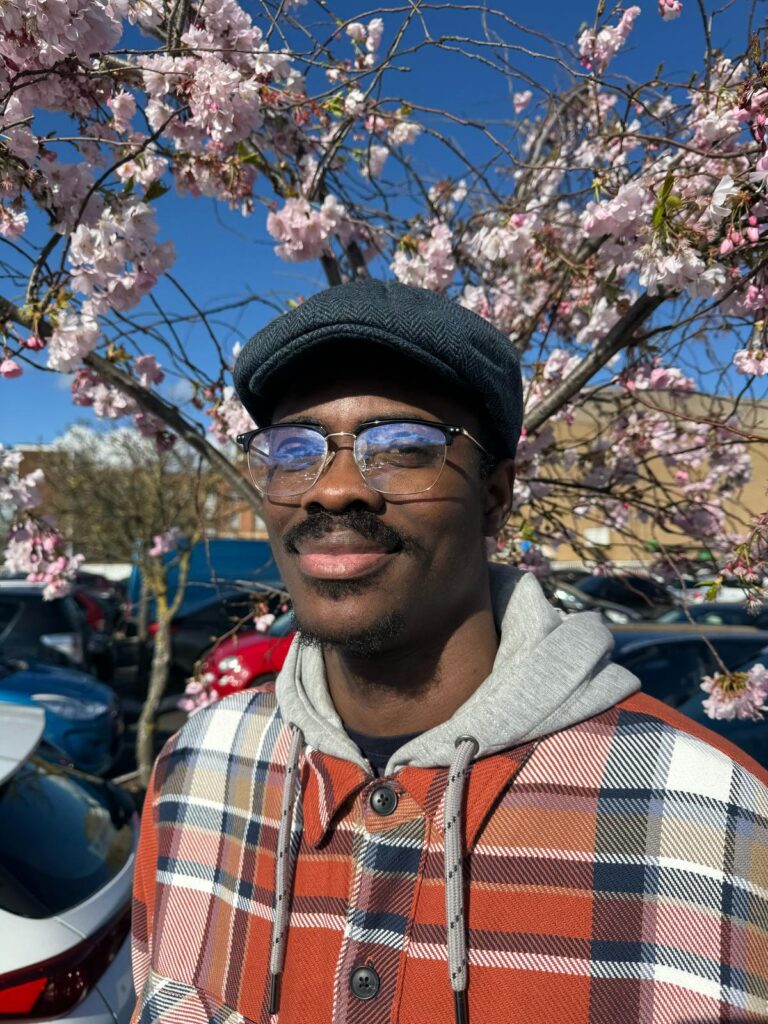
How has technology changed the way you approach editing? Are there any new tools or techniques you’re particularly excited about?
Technology—especially AI—has made so many aspects of editing easier and more efficient. One exciting advancement is AI-generated transcripts. Now, if I need to refine an actor’s performance and find a better take of a particular line, I don’t have to manually scrub through hours of footage. I can simply search for the line, like ‘Shola, where are you?’ and instantly jump to every take where that line was said.
That’s just one example, but AI and other emerging tools have significantly improved workflow, making it faster to experiment and fine-tune scenes. There are countless innovations transforming post-production, and it’s exciting to see where things are headed.
What advice would you give to aspiring editors looking to break into the industry?
The golden advice I always give is—collaborate with your friends. As a newcomer, no one is going to hand you a big cinema film to edit. The only way to prove you can edit is by actually editing. But if no one is offering you projects, how do you get started? That’s where collaboration comes in.
Instead of aiming straight for established names—who may not always respond—look around your circle. Work with friends who are also trying to break into filmmaking. If you want to be an editor and you have a friend who wants to direct and another who wants to write, team up and create something. Find actor friends, pool resources, and make a short film together.
By doing this, you’re all building your portfolios and gaining experience. Then, when an opportunity comes—like someone needing an editor for a short film—you’ll have actual work to show. This approach worked for me, and I’ve seen it work for many others. It’s one of the best ways to start.
If you could edit any film in history, which one would it be?
I would choose ‘The English Patient’. It was edited by Walter Murch, a three-time Oscar-winning editor, and I really admire the work he did on that film. The storytelling structure is fascinating—it’s not strictly non-linear, but it plays with time in a way that keeps you engaged.
Another film I would have loved to edit is ‘Oppenheimer’, edited by Jennifer Lame and directed by Christopher Nolan. It won Best Editing last year, and for good reason. The way the film weaves together three different timelines—the present, the past, and another perspective I can’t quite recall—was masterful.
What I find incredible about ‘Oppenheimer’ is how it sustains engagement for three hours, despite being primarily dialogue-driven. There are no high-energy action sequences, just people talking. Yet, through its editing, the pacing keeps you captivated the entire time. That’s the kind of challenge I’d love to take on—making a dialogue-heavy film feel as gripping as an action-packed thriller.

